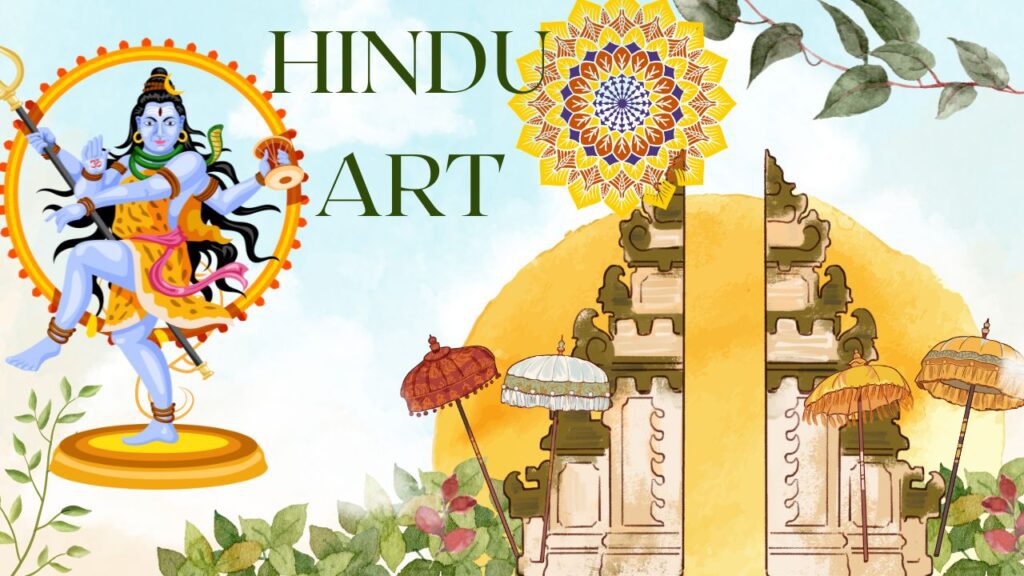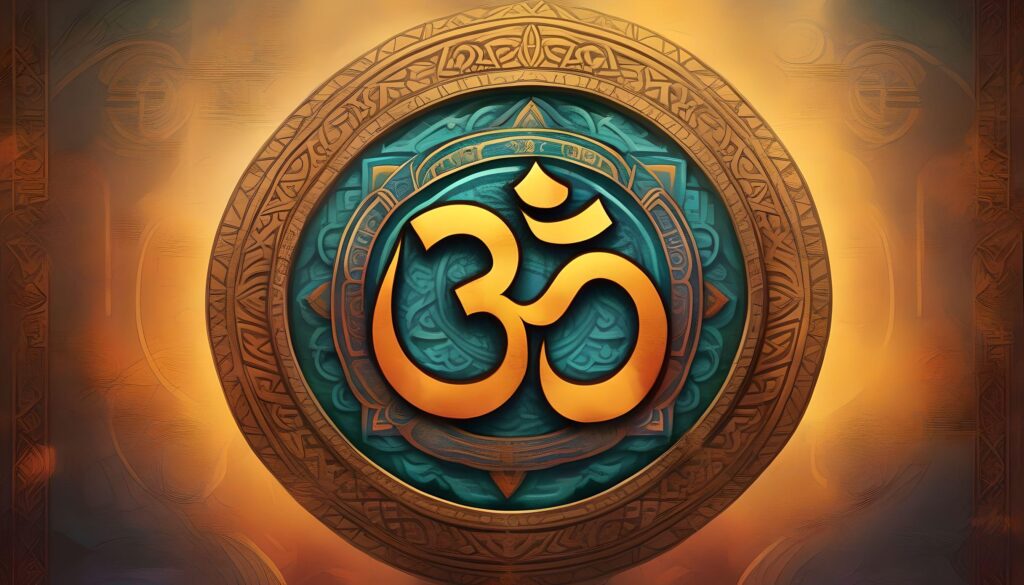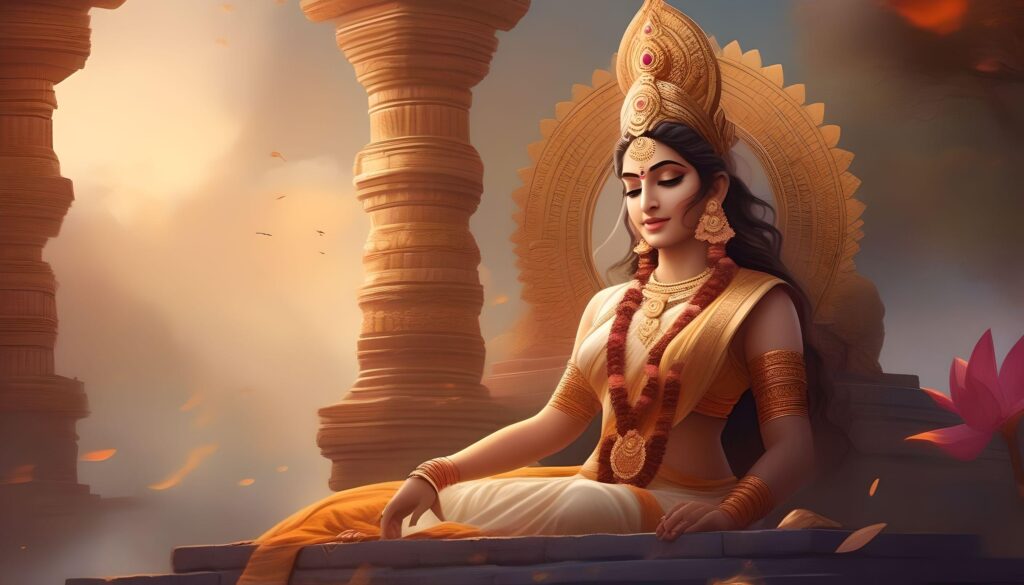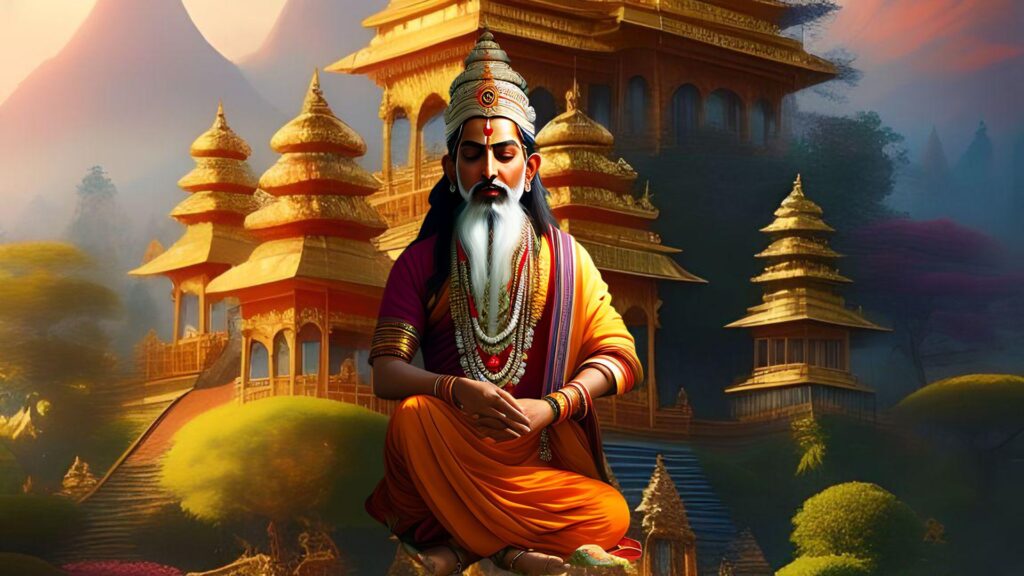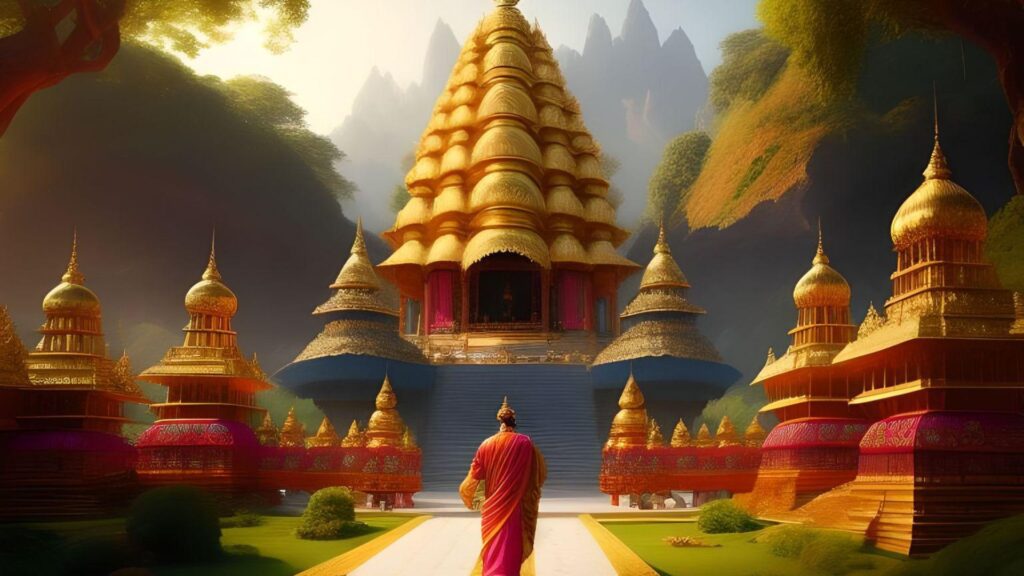Hindu Art and Architecture: Exploring the Rich Cultural Heritage
Introduction
Hindu architecture and art have enthralled the global community with their elaborate patterns, profound symbolism, and spiritual import. Hindu deity-honored sanctuaries are magnificent works of architecture that symbolize the profound traditions and convictions of the Indian subcontinent. By examining the history, styles, and themes of Hindu architecture and art, this article imparts an exhaustive comprehension of this antiquated cultural legacy.
Architecture of Hindu Temples
The Evolution of Hindu Temple Architecture
Hindu temple architecture has evolved over centuries, influenced by various dynasties and regional traditions. It can be broadly classified into two main styles: the Nagara style and the Dravidian style.
The Nagara Style
Northern India is where the Nagara form of temple architecture first emerged. The structure is distinguished by its shikhara, a central tower in the form of a beehive. Characterized by their re-entrant angles and cruciform shape, these temples are both distinctive and aesthetically appealing. By emphasizing vertical lines in their elevation, Nagara-style temples evoke an aura of spirituality and magnificence.
A prime illustration of the Nagara architectural style can be found in the Lingaraj Temple situated in Bhubaneshwar, Orissa. Constructed during the 11th century, this edifice prominently displays the curvilinear shikhara, an architectural feature that is uniquely tied to this period.
The Dravidian Style
Dravidian temple architecture, which originated in southern India, is distinguished by its gopurams, which are pyramidal structures. In contrast to Nagara-style temples, the pavilions atop Dravidian temples ascend in number as the number of stories decreases. Porches and pillared chambers frequently adorn these temples, enhancing their architectural magnificence.
Symbolism in Hindu Temple Architecture
Religious temple architecture in Hinduism is profoundly symbolic and a reflection of the religion’s philosophical and spiritual tenets. Designed as sacrosanct spaces, the temples facilitate the devotional’s union with the divine.
The Garba Griha: Inner Sanctum
At the heart of every Hindu temple is the garba griha, also known as the womb chamber. This inner sanctum houses the murti, or idol, of the deity that the temple is dedicated to. It is a sacred space where devotees offer their prayers and seek blessings.
The Shikhara: Towering Glory
Shikharas, or towers, are an essential element in the architectural design of Hindu temples. It symbolizes the celestial being’s domicile and represents their divine presence. The shikharas of the Nagara style are curved and resemble a beehive, whereas those of the Dravidian style are pyramidal and comprise numerous tiers of pavilions.
Sacred Geometry and Proportions
The construction of Hindu temples adheres to exact principles of sacred geometry and proportions. Each component of the temple, including its dimensions and arrangement, has been meticulously planned in order to establish a space that is both harmonious and conducive to spiritual enlightenment.
Hindu Sculpture: Depictions of Divinity
Immense carvings ornament the sanctum, walls, and pillars of Hindu temples; they constitute an essential element of temple architecture. These sculptures portray an assortment of mythological figures and deities, communicating profound philosophical and spiritual ideas.
Themes of Hindu Art and Sculpture
Hindu art and sculpture revolve around several recurring themes, each carrying its own symbolic significance. Let’s explore some of these themes:
Depictions of Deities
Deity depictions are among the most prevalent themes in Hindu sculpture. Hinduism acknowledges an extensive pantheon of deities and goddesses, each symbolizing distinct facets of the transcendent. In a variety of forms, sculptures depict these deities, encapsulating their characteristics, postures, and symbolic meanings.
Stories from Hindu Mythology
Hindu mythology contains an abundance of intriguing legends and stories. Sculptures frequently embody these narratives, infusing devotees and visitors with vitality. Moral and spiritual teachings are celebrated alongside the rich cultural heritage of Hinduism through these narratives.
Symbolism in Hindu Sculpture
The sculptures of Hinduism are abundant in symbolic components that communicate profound meanings. As an illustration, the lotus flower is symbolic of transcendence, beauty, and purity, whereas the swastika denotes good fortune and auspiciousness. The inclusion of these symbols in the artwork adds depths of meaning and enriches the overall spiritual encounter.
Connection to Architecture
Temple architecture is intricately intertwined with Hindu sculpture. The pillars and walls of the temple are adorned with sculptures that not only enhance their aesthetic value but also visually symbolize the deities that are venerated within. By serving as an intermediary between the material and the celestial, the sculptures imbue the temple with an aura of sanctity.
History and Well-Known Temples
The history of Hindu art and architecture spans several centuries, with each period leaving its own artistic legacy. Let’s explore some of the well-known temples that showcase the richness and diversity of Hindu temple architecture.
Ancient Temples
Numerous Hindu nations emerged in India between the sixth and twelfth centuries, ushering in an era of considerable temple construction. Magnificent temples were constructed during this time period, including the Brihadeeswara Temple in Thanjavur, Tamil Nadu. Constructed during the Chola dynasty, this temple epitomizes the grandeur of Dravidian design.
Medieval Temples
During the Middle Ages, numerous regional styles emerged, each with its own distinctive qualities. Constructed during the 13th century, the Konark Sun Temple situated in Odisha is a remarkable architectural achievement renowned for its elaborate engravings and its depiction of Surya, the sun deity.
Modern Temples
Hindu temple architecture persists in its evolution and adjustment to shifting sensibilities and demands, even in the contemporary era. Delhi’s Akshardham Temple exemplifies modern temple architecture at its finest. By harmonizing conventional design components with cutting-edge technology, it furnishes guests with an awe-inspiring and profoundly elevating encounter.
Conclusion
Hindu architecture and art are gateways to the divine; they are not merely creative expressions. The magnificent edifices and elaborate carvings of the temples offer an insight into the abundant cultural legacy of India. These symbols function as poignant reminders of the profound spiritual convictions that have influenced the existence of countless individuals throughout the ages. An investigation into Hindu architecture and art entails an odyssey into which one may behold the most sublime fusion of spirituality, devotion, and artistic expression.
Further details: Hindu art and architecture extend beyond temples to incorporate a diverse array of artistic expressions, including caves, palaces, public spaces, and murals and sculptures. A diverse array of subjects are portrayed in these art forms, encompassing courtly existence, epic stories, and social critiques.
